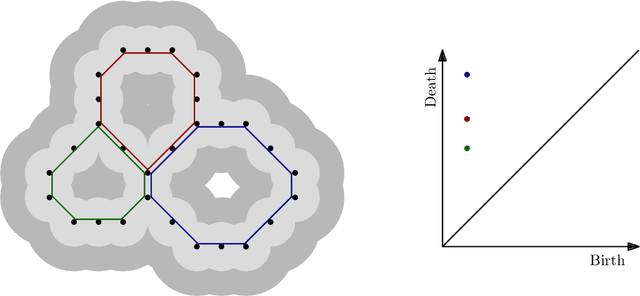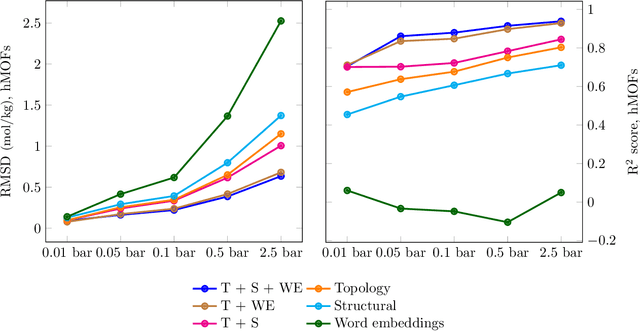Persistent homology advances interpretable machine learning for nanoporous materials
Paper and Code
Oct 01, 2020



Machine learning for nanoporous materials design and discovery has emerged as a promising alternative to more time-consuming experiments and simulations. The challenge with this approach is the selection of features that enable universal and interpretable materials representations across multiple prediction tasks. We use persistent homology to construct holistic representations of the materials structure. We show that these representations can also be augmented with other generic features such as word embeddings from natural language processing to capture chemical information. We demonstrate our approach on multiple metal-organic framework datasets by predicting a variety of gas adsorption targets. Our results show considerable improvement in both accuracy and transferability across targets compared to models constructed from commonly used manually curated features. Persistent homology features allow us to locate the pores that correlate best to adsorption at different pressures, contributing to understanding atomic level structure-property relationships for materials design.
 Add to Chrome
Add to Chrome Add to Firefox
Add to Firefox Add to Edge
Add to Edge